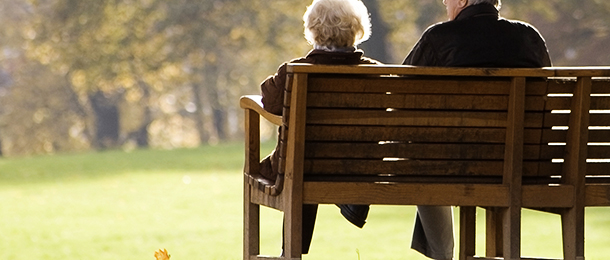The cost of living for retirees to have a comfortable retirement has increased by around 1 per cent, but underlying costs have risen by some of the largest levels for more than a decade, according to the Association of Superannuation Funds of Australia (ASFA).
Releasing its Retirement Standard figures for the March quarter 2022, ASFA stated that for couples aged around 65 to have a comfortable retirement they will now need to spend $65,445 a year, up by 1 per cent, and singles will need to spend $46,494, up 1.2 per cent, compared to the previous quarter.
These increases follow on from those recorded for the December quarter 2021 when the cost of living figures increased by 1.5 per cent for couples and 1.6 per cent for singles compared to the previous quarter.
The superannuation industry peak body noted the March quarter changes were the largest increases for that quarter since 2010 and underlying prices had increased, over the year to March 2022, by 4.2 per cent for the couples’ budget and by 4.7 per cent for the single person budget.
These increases were offset by a rise of 3.7 per cent in the age pension and the provision of a $250 one-off payment for age pensioners and Commonwealth Seniors Health Card holders in April 2022.
Some retirees also benefited from the reduction in minimum pension drawdowns from account-based pensions within superannuation, but ASFA deputy chief executive Glen McCrea said most retirees faced significant price increases for non-discretionary items, such as food, automotive fuel and health costs.
‘While this [the price increases] is marginally smaller than the annual inflation impact of 5.1 per cent for wage earners, the reality is that retirees are doing it tough too,” McCrea said.
ASFA added that retirement budgets for those aged around 85 were also up by 1.2 per cent from the previous quarter, and while no allowance was made for car ownership with this age group, rising petrol prices added to the cost of goods and services purchased by older retirees.
“Going forward, retiree households will continue to face ever-increasing health costs. While there is considerable subsidisation of health costs and benefits being paid from private health insurance, out-of-pocket expenses remain substantial … and private health insurance premiums also continue to increase,” McCrea said.
“The rising cost of living in retirement highlights the need for compulsory superannuation to increase to 12 per cent of wages by 2025.”




